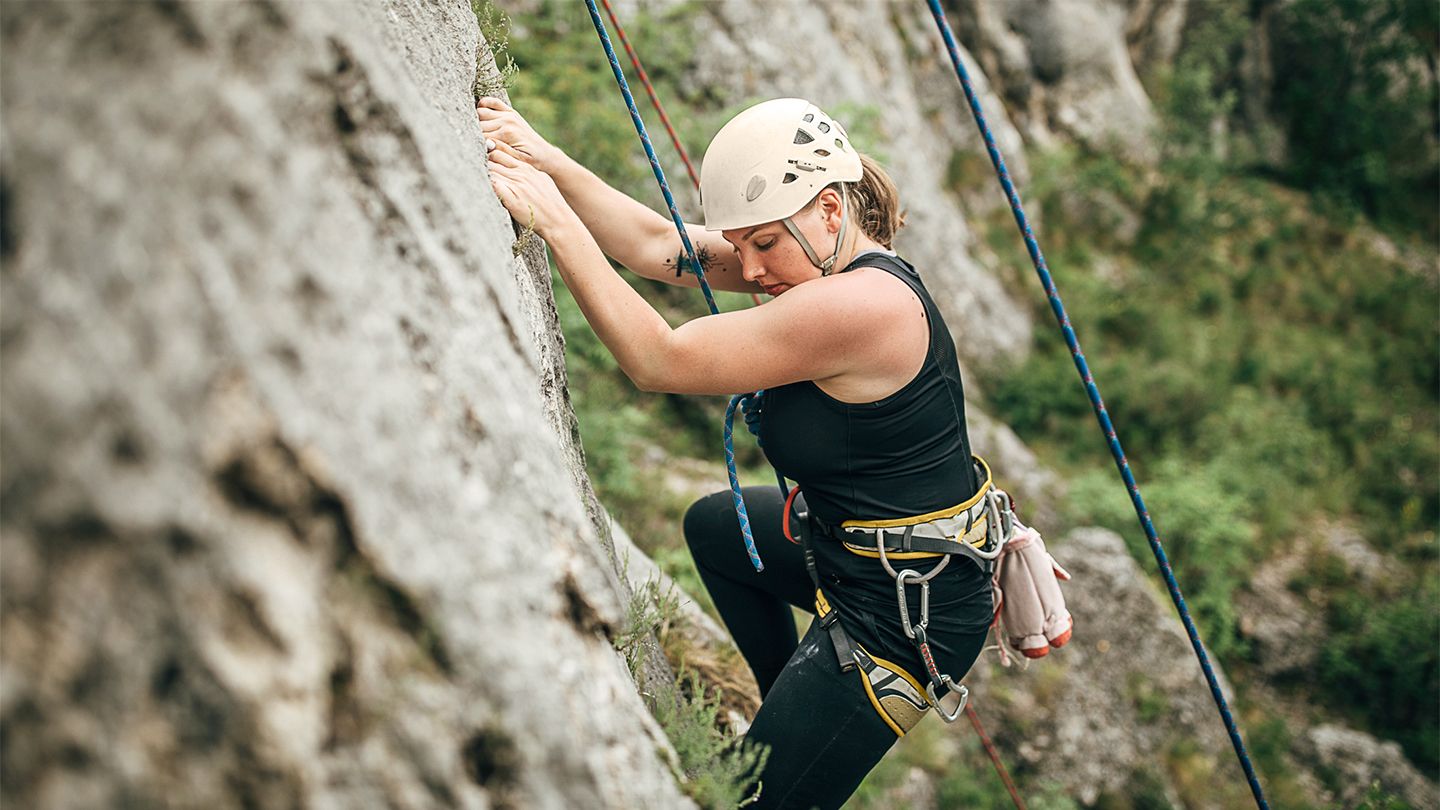1/1
From 5.9 to 5.13: One Year on the Wall
In a year, I went from barely trusting my feet on a 5.9 to clipping chains on a 5.13. Here’s what actually moved the needle—not just physically, but mentally. 1️⃣ Strength You don’t need to be a beast at one thing. You need to be average at everything. Shoulders, fingers, core, legs, endurance. The higher the grade, the smaller the holds. And the more body parts you can recruit, the easier it gets. I lifted for three years before climbing, and that base helped when I started pushing limits outside. 2️⃣ Technique Every route is a sequence of tiny problems. The more you climb, the more patterns you unlock. Body positioning, weight transfer, toe work, drop knees, deadpoints—they only come with volume. I’d break down hard routes into move-by-move micro-goals. Indoors, I’d train 5-hour sessions with no distractions. Outdoors? I climbed every single day. No rest days. Just reps. 3️⃣ Headspace Redpointing is mental. Some routes haunted me. I’d fall in the same spot, again and again, until I stopped believing I could top it. So I made rituals: breathing before cruxes, visualizing beta, drinking a Red Bull like it was a power-up. I’d talk to myself at the start hold—“You’ve done harder. Just climb.” 4️⃣ Strategy Read your route. Know your body. My finger strength’s decent, but my full-body power is better. So I’ll skip intermediate crimps and dyno to jugs. Pick problems that match your style. If you’ve got endurance, go for pumpy lines. If you’ve got raw power, find bouldery ones. Climbing isn’t just muscle—it’s pattern recognition. What’s one lesson climbing taught you that had nothing to do with strength? #sport #climbing #fromfeartoflow
2025-07-07
write a comment...
